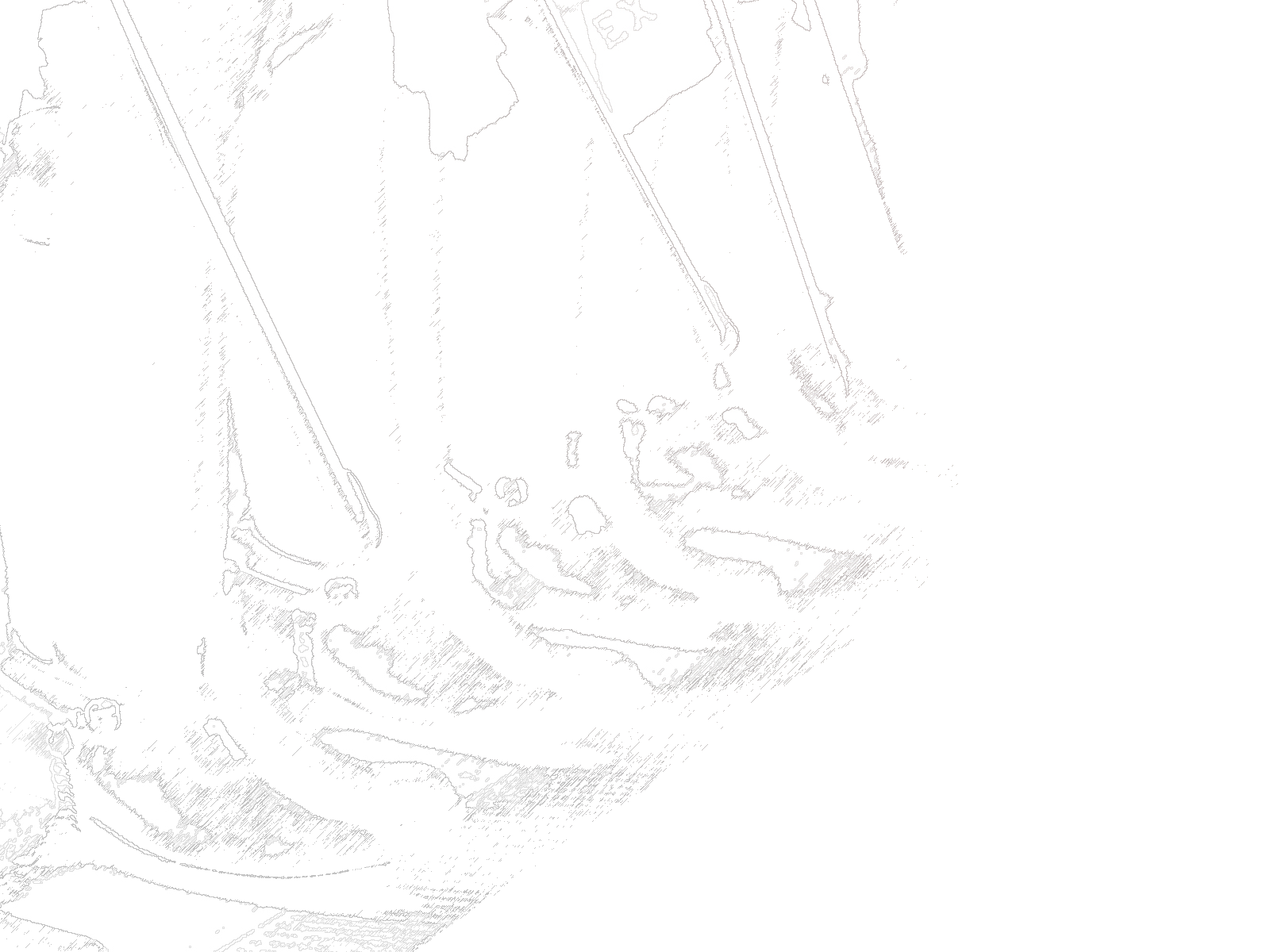My column for the Washington County Daily News is online. Here you go:
There are very few things less exciting to write or read about than property tax assessments. It is a subject as dull and boring as the dry dusty parking lot of an abandoned Circuit City. Yet, we must walk through that parking lot because there is a movement going on across the country that seeks to push even more of the property tax burden onto Wisconsin’s homeowners.
At issue is the ominous-sounding “dark store” theory of property tax assessment. It is by this theory that many big box retailers are prevailing on the courts to cut their property tax bills by as much as 70 percent. The dark store theory is, in and of itself, not evil or ominous at all. It is simply an alternative theory of how to place a value on property, and in the abstract, it is quite rational.
There are always two variables in the calculation of a property tax bill. The first variable is the tax rate, which is set by each of the myriad of taxing authorities. The second variable is the value of the property. It is in this second variable where this controversy rests. In a pure economic sense, the fair market value of any property is whatever price a willing buyer is willing to give a willing seller for the property. Unless a property had just been sold, however, the true value of a property is subject to debate. While municipalities employ trained assessors to estimate the value of properties for the purpose of taxation with complicated formulations combining square footage, improvements, comparisons to comparable properties, etc., even the most reasonable assessment is, at best, an informed opinion that is subject to debate.
Recently, some very large retailers like Walgreens,WalMart, Shopko, Menards and others, have beenchallenging their property assessments in court, and winning, under the dark store theory. The retailers are arguing that their properties should not be valued basedon how they are being used today, but by how much they would be worth if they were empty and dark. We have all seen empty big box stores sit vacant and unsold for years because there are very few buyers for properties that were purpose-built for a specific retailer.
The consequences are real and the money is big. West Bend Mayor Kraig Sadownikow recently shared a stark example in his testimony for the Committee on Ways and Means. West Bend’s two Walgreens stores were taxed at a combined value of $14 million. Walgreens sued under the dark store theory and had the combined valuation reduced to $4.8 million — a reduction of nearly 66 percent. This cut their property taxes by about $180,000 per year. That is $180,000 for the city, county, and schools that the rest of the taxpayers of West Bend have to cover.
While the dark store theory of taxation is not entirely irrational in that it is trying to set the property value on the possible selling price that the retailer could actually get for the property is they leave it, it is entirely irrational considering the actual value of that property to a retailer that is using the property to earn profits from local consumers. A better way to value commercial properties is to factor in the actual use of the property. Assembly Bill 386, which is supported by all of Washington County’s elected state representatives, seeks to do just that.
Wisconsin’s property taxes are far too high, but we can all agree that the burden should be shared as fairly as possible. The big retailers can be forgiven for wanting to take advantage of every means the law allows to reduce their property tax burden, but Wisconsin’s lawmakers need to end this particular means by passing AB 386.
Stores with the lights on should be taxed as such.
